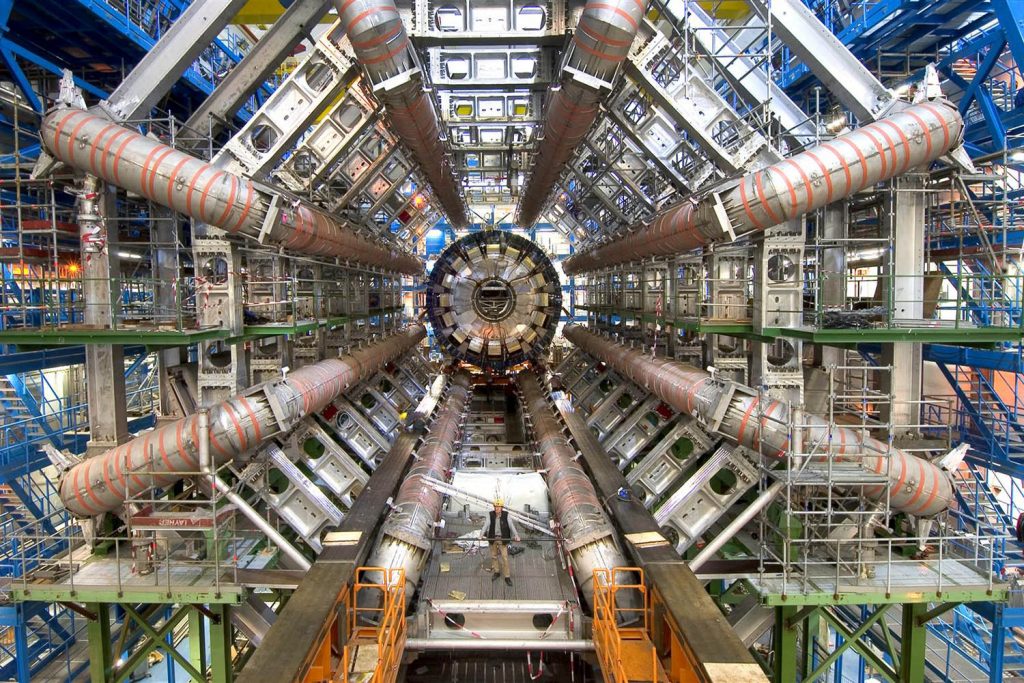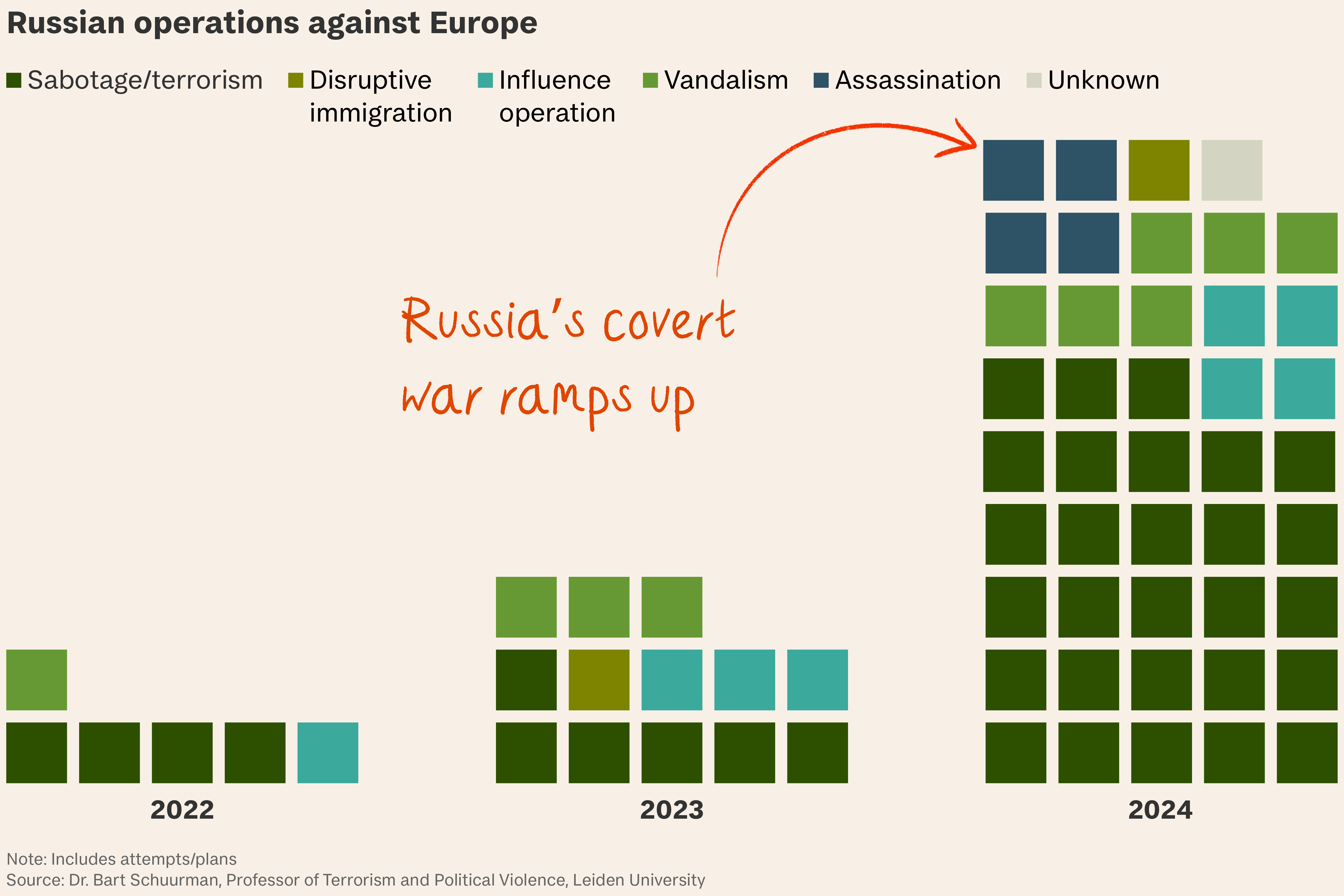
In 1954, a small group of European scientists founded an organisation to study the nucleus of the atom and stop the post-war brain drain to the US. Seventy years later, Cern, or the European Organization for Nuclear Research, has changed our understanding of the universe and ourselves. It created atoms of antimatter; developed the standard model of particle physics which explains the building blocks of matter; helped invent the world wide web; and discovered the Higgs boson – the fundamental particle in the Higgs field that grants other particles their mass. “People don’t understand just how revolutionary the Higgs field is,” says Cambridge professor Andrew Parker. “Ever since Democritus, we’ve thought matter is made from little billiard balls glued together. But Cern discovered that none of those billiard balls have any substance, mass or size.” And yet, Cern has created as many questions as answers.
The theory that describes the Higgs boson suggests it will split into an electron and a positron and then form back into a boson again. This could give the Higgs boson infinite mass.
But this can’t be true. Either quantum physics contains undiscovered particles that prevent this happening, or our model of the universe needs to allow for more than three dimensions in space. Cern has failed to find proof of either.
Dark matter. The universe should be slowing down but it’s accelerating. It’s heavier and faster than our models suggest. Dark energy and dark matter are responsible. But we can see just 4 per cent of the universe, and the 96 per cent includes dark energy and dark matter.
- Dark matter should interact with the Higgs field, so Cern is looking for it.
- To investigate further, the 14TeV energy of the Large Hadron Collider isn’t enough.
- Cern is planning to build an even bigger Future Circular Collider in a new 91 kilometre tunnel at a cost of £17 billion, to smash subatomic particles together at a maximum energy of 100TeV. That’s 100,000,000,000,000 electron volts for the layperson.
Big science, big bucks. The Large Hadron Collider, completed in 2008, cost more than £10 billion, but at least it reached the stage of doing science. The International Thermonuclear Experimental Reactor, funded by 35 countries to develop cheap non-polluting power, is ten years late and its budget has quadrupled. A Cern rival in Texas shut down after the government pulled funding.
Big rewards. Industries relying on physics expertise are thought to account for 12 per cent of the EU’s GDP – more than retail, construction or financial services.
But there’s more. “Perhaps what is most important for humanity in this crazy world is that we have over 110 nationalities working together, side by side, for the sake of understanding our universe,” says Arnaud Marsollier, comms head at Cern. “That is something to cherish.”








